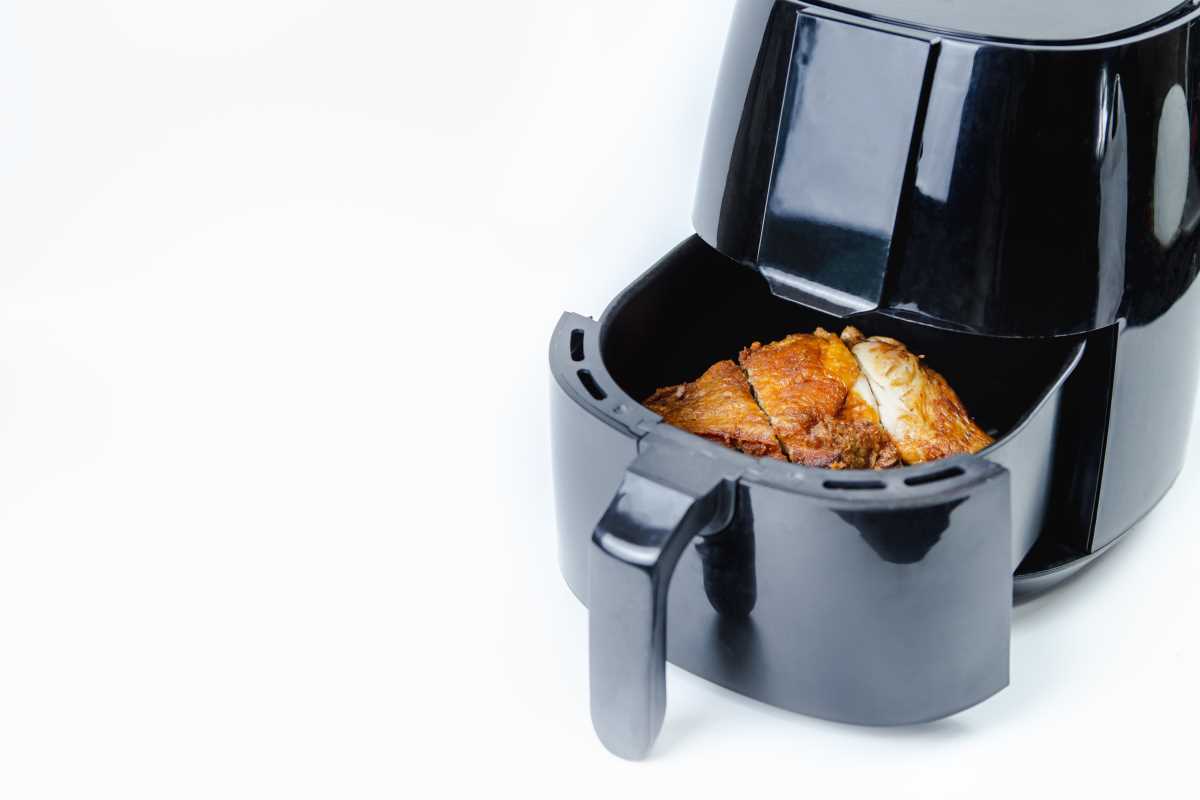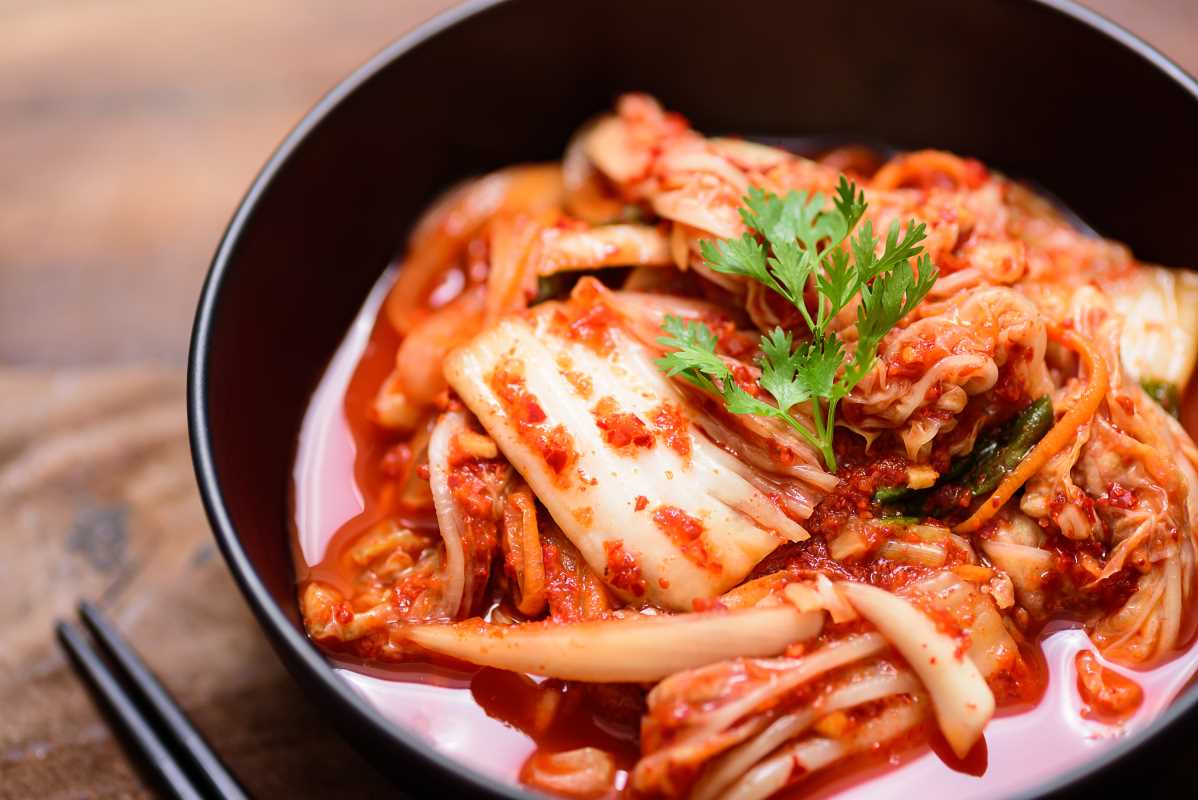There’s nothing quite like enjoying a perfectly cooked meal at a fancy restaurant. The plating is beautiful, the flavors are bold, and each bite feels like it’s been made with care and precision. But what if you could bring that same experience into your own kitchen? Believe it or not, cooking restaurant-quality meals at home is easier than you might think. Sure, professional chefs have years of training, but with a little planning, the right tools, and some attention to detail, you can create meals that impress—not just your taste buds, but anyone lucky enough to join you at the table.
Cooking at home doesn’t just save money; it also allows you to experiment and tailor dishes exactly to your taste. This guide will walk you through the essentials of transforming ordinary ingredients into extraordinary meals. Whether you’re a seasoned home cook or someone who’s just starting out, these tips will help you elevate your skills and get restaurant-worthy results.
1. Start With High-Quality Ingredients
Professional kitchens rely on one simple truth to create amazing dishes: good ingredients make good food. Before you even think about cooking, take the time to source fresh, high-quality ingredients. This small step makes a huge difference in the final product.
How to Choose Ingredients Like a Pro
- Produce: Shop for seasonal fruits and vegetables. They not only taste better, but they’re often more affordable. Farmers' markets are a great place to find peak-season produce.
- Meat and Seafood: Look for meats that are fresh and well-marbled, and ask your butcher for recommendations. For seafood, opt for wild-caught fish when possible and make sure it smells clean, not fishy.
- Pantry Staples: Olive oil, butter, and spices can elevate any dish. Invest in flavorful options such as extra virgin olive oil and high-quality spices for maximum impact.
Think of your ingredients as your palette; the better the paint, the more vibrant the results.
2. Master the Basics of Cooking Techniques
One of the reasons restaurant meals stand out is the way chefs cook them. Techniques like roasting, searing, and deglazing bring out the best in every ingredient. By practicing these methods at home, you’ll unlock deeper flavors and textures in your dishes.
Key Techniques to Learn
- Searing: This is how chefs create that caramelized, golden crust on steaks or chicken. To do it, heat a pan until it’s very hot, then add a small amount of oil and your protein. Don’t move it around too soon; letting it sit ensures a nice crust.
- Deglazing: When you cook anything in a pan, little brown bits stick to the bottom. Add a splash of wine, broth, or even water to the hot pan, and those bits dissolve into a flavorful sauce.
- Roasting: Roasting vegetables or meats brings out their natural sweetness. Toss your veggies in olive oil, season generously, and roast at a high temperature (around 425°F) until caramelized.
Practicing these core skills is like learning the alphabet for cooking. Once you know them, you can build on them for more complex dishes.
3. Invest in the Right Tools
You don’t need a kitchen full of expensive gadgets to cook like a pro, but having a few high-quality tools can make a big difference. Think of them as your kitchen’s workhorses.
Must-Have Kitchen Tools
- Chef’s Knife: A sharp, durable chef’s knife is your best friend in the kitchen. It makes prep work faster and easier and ensures clean, precise cuts.
- Cast Iron Skillet: This versatile pan is perfect for everything from searing meat to baking cornbread. Plus, it gives food a beautiful, even char.
- Meat Thermometer: Restaurant chefs know exactly when their meat is cooked to perfection, and this tool will help you do the same.
- High-Speed Blender or Food Processor: For silky soups, smooth sauces, and even homemade pesto, a solid blender is key.
While it’s tempting to go for cheaper options, investing in durable tools pays off in the long run and improves the results of your cooking.
4. Plate Like a Chef
Eating is a multi-sensory experience, and the way your food looks matters as much as how it tastes. Restaurants know this, which is why the plating is always picture-perfect. The good news is that you don’t need any special skills to elevate your presentation at home.
Simple Plating Tips
- Use a large plate to give your food room to breathe; a crowded plate can seem messy.
- Arrange your food in layers or stacks to add height, which makes a simple dish look more elegant.
- Garnish with fresh herbs, a drizzle of sauce, or a sprinkle of spice for a polished look. For example, a pop of parsley on pasta can make all the difference.
Taking the time to plate thoughtfully turns an everyday meal into something memorable.
5. Season and Taste as You Go
Seasoning is an art, and it’s one area where home cooks can really shine when they take their time. The biggest secret to restaurant-quality cooking? Layering flavors by seasoning every step of the way—not just at the end.
Tips for Better Seasoning
- Season proteins like chicken, beef, and fish with salt before cooking to enhance their natural flavors.
- Always taste your food as you cook. Adjusting the seasoning mid-process helps avoid bland or overly salty dishes.
- When using acid, like lemon juice or vinegar, save it for the final touch. Acid brightens a dish and brings out hidden flavors.
Mastering seasoning is the quickest way to elevate even the simplest dishes.
6. Make Sauces From Scratch
A simply cooked protein, like chicken or fish, suddenly feels gourmet when paired with a rich pan sauce. Luckily, making sauces isn’t as intimidating as it sounds.
Basic Pan Sauce Recipe
- After searing your protein, remove it from the pan but leave any juices or bits behind.
- Add a splash of wine or broth to deglaze the pan.
- Stir in a spoonful of mustard or cream for richness, and finish with a pat of butter for a silky texture.
This little trick adds instant sophistication to your meals.
7. Don’t Rush It
Restaurant chefs know that patience is key in the kitchen. Often, the best flavors come from letting ingredients take their time, whether it’s a slow-braised short rib or a perfectly reduced sauce.
When cooking at home, give yourself time to enjoy the process. For instance:
- If you’re braising meat, don’t rush the simmering stage. Slow cooking breaks down tougher cuts and makes them melt-in-your-mouth tender.
- For marinades, let proteins sit overnight to soak up every bit of flavor.
Cooking isn’t just about the end result; it’s about the moments in between, so enjoy the process.
8. Add the Final Touches
It’s the little details that make restaurant meals stand out. Restaurants often use simple finishing touches to elevate dishes—and you can do the same.
Easy Finishing Ideas
- Add a sprinkle of flaky sea salt just before serving for a burst of flavor.
- Hit your dish with a drizzle of good olive oil once plated for richness.
- Zest a bit of lemon over your veggies or pasta to brighten the flavors.
These finishing touches might seem small, but they make a big difference in giving your meals that extra wow factor.
 (Image via
(Image via





.jpg)